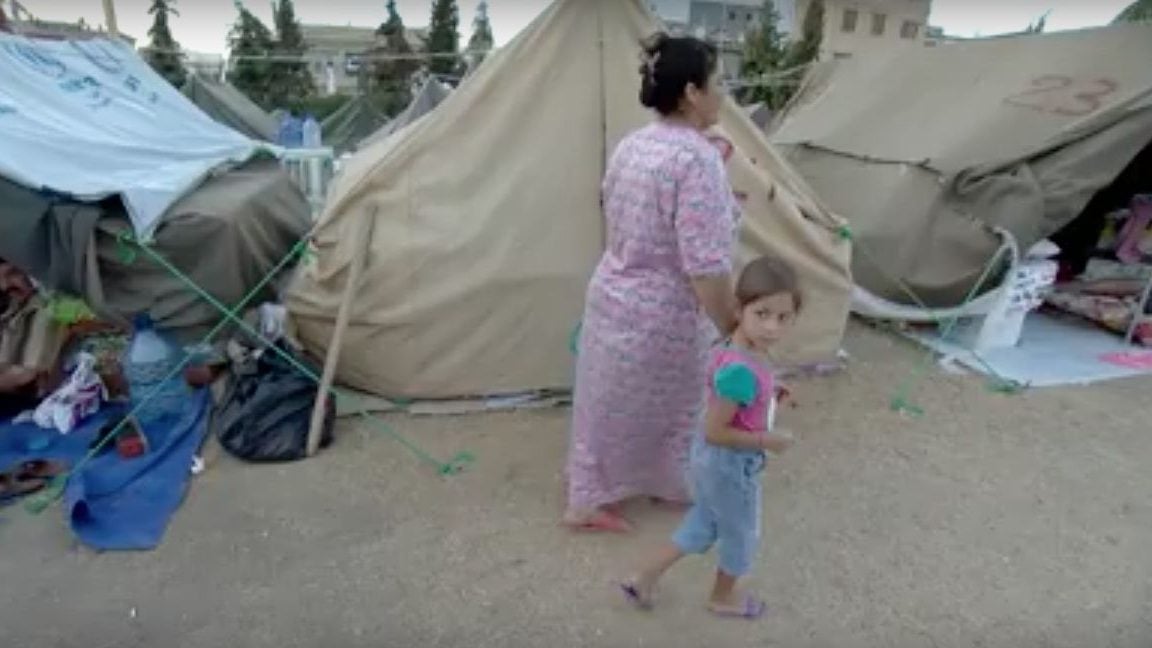In the heart of the Middle East lies Iran, a nation often characterized by its intricate tapestry of cultures and religions. Among these diverse faiths, the presence of Christianity stands out, woven into the socio-political fabric of the country. To comprehend how many Christians are in Iran requires delving into historical contexts, current demographics, and the lived experiences of this minority group.
Historically, Christianity in Iran traces back to the early centuries following Christ’s resurrection. It flourished in the region as part of the ancient Persian Empire and subsequently through the Byzantine influence. The Nestorian Church established roots in Persia as early as the 5th century, contributing significantly to the spread of Christianity across Asia. However, with the advent of Islam in the 7th century, the dominance of Christianity waned, relegating it to the status of a minority religion.
In contemporary Iran, the estimation of the Christian population presents a complex picture. While definitive statistical data is difficult to obtain—primarily due to restrictions on religious conversions and the socio-political climate—various estimates suggest that Christians make up approximately 0.1% to 0.5% of Iran’s total population. With a demographic of around 86 million, this translates to approximately 100,000 to 300,000 Christians residing in the country. The majority of these are Armenian Christians, a community that has existed in Iran for centuries and has maintained its cultural and religious identity despite external pressures.
In addition to the Armenians, there are also smaller groups of Assyrian Christians, who have their own distinct linguistic and cultural heritage. These communities find their strength in the preservation of traditions, and they attend churches that have served as both spiritual and social hubs. The Assyrian church, much like the Armenian, is a testament to resilience in the face of adversity, embodying a spirit that defies the constraints imposed upon them.
The legal landscape in Iran regarding religious freedom is intricate. While the constitution grants certain rights to recognized religious minorities—including Christians—these rights are often encumbered by systemic discrimination. The Iranian government recognizes Christianity primarily in the context of the Armenian and Assyrian churches; other denominations such as evangelicals or Catholic congregations often face scrutiny and persecution. Worship is sometimes conducted under watchful eyes, and public expression of faith can lead to harassment or imprisonment.
This precarious situation complicates not only the existence of Christians in Iran but also their ability to practice their faith openly. Many Iranian Christians, particularly those who convert from Islam, face acute repercussions, including ostracism from their families and communities. These converts often seek solace in clandestine home churches, which embody both a rebellion against societal norms and a reaffirmation of their faith. The spiritual journeys of these individuals speak volumes about their tenacity and the burdens they bear.
The socio-cultural landscape for Christians in Iran is a paradox. They are permitted to celebrate traditional religious holidays and maintain their churches, yet they must grapple with societal stigma and governmental pressure. The Iranian Christian community radiates an air of resilience, celebrated through their liturgies and communal gatherings, providing a semblance of normalcy amidst the chaos surrounding them.
Furthermore, the global attention on Iran and its Christians has been uneven, often overshadowed by the broader geopolitical narrative. However, awareness of their plight is crucial not only for the sake of solidarity but also for inspiring action towards improving their circumstances. Christian organizations and advocacy groups worldwide spotlight the issues faced by Iranian Christians, providing a voice to those who are relegated to the shadows.
There exists a profound narrative of faith and endurance within the Iranian Christian community that resonates with a broader audience. It is a reminder of the universal quest for spiritual freedom and the inherent right to practice one’s beliefs. The stories of faith overcoming adversity are not just Iranian; they echo throughout history and across geographical boundaries, connecting disparate lives through shared human experiences.
In the face of persecution and repression, the Christian community in Iran endures, holding onto their beliefs with fervor. Their existence invites reflection not only on religious identity but on the concept of tolerance and coexistence in a diverse world. As the socio-political climate shifts, the resilience of these Christians presents a narrative rich with potential for dialogue, understanding, and perhaps even reconciliation.
Ultimately, pondering the question of “how many Christians are in Iran?” reveals more than mere statistics. It invites an examination of the complexities surrounding faith, identity, and the human spirit’s remarkable capacity to thrive in adversity. Iranian Christians embody a story of hope amid challenges; their experiences and struggles compel us to rethink our perceptions and foster a broader understanding of minority religions in challenging contexts. As the discussion continues, it is pivotal to engage with empathy and recognize the universal human aspiration for dignity, rights, and the freedom to believe.



